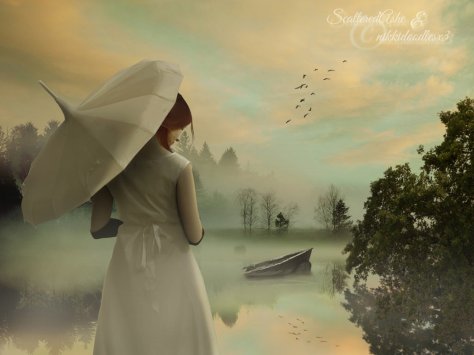by Matthew Amyx
For my group’s project in HIST 479: Digital Media, we are collecting photographs of images and objects from the 1933-1934 Century of Progress World’s Fair in Chicago. Our (tentative) concept is to use an old map drawing of the fair as our main page. We will then use Photoshop to isolate portions of the map (buildings and exhibits and such) on a separate vector of the map image. Those portions will become buttons that hyperlink to pages with photos, film, and data relevant to that facet of the fair. In this way, visitors will be using the map contemporary people used to curate their own 1933 fair experience.

In preparation for our project, I have begun photographing world’s fair objects in the collections at the Museum of Science and Industry. (Since MSI opened in 1934, most of the objects left over from the fair – including exhibit pieces and publicity material – went directly to the new museum.) Some of the images include architectural models of the buildings at the fair, blueprints of exhibits and buildings, and actual pieces of exhibits.

Above is the Sears World’s Fair Building, one of several models. To prepare this image for the online exhibit, I could use Photoshop’s magic wand tool to crop out everything but the model itself, then place it against a solid color background with room on the side for a description of the Sears company’s exhibits at the fair. However, what I would really like to do if possible – if I can get more time with the objects – is to film the building from all sides and embed the video into the webpage. That way visitors could really get a feel for the dimensions of the building.

Above is a pair of ornamental scissors which – the assistant curator told me – were displayed at both the 1893 Columbian World’s Exposition and 1933 Century of Progress World’s Fair. I could use the magic wand tool in Photoshop to isolate the item into its own image layer, then superimpose it over an image of the building/exhibit it would have been featured in. It would also be cool – although likely above my skills at this point – to scale down the isolated scissor image and place it as a button within a larger image of the fair to create something like a hidden picture game within the online exhibit. When the image-button is pressed, it would expand to show the image in more detail.

I also have access to a lot of architectural blueprints and designs like the one above. In addition to cropping out any surroundings – or human hands – from the image, I would use the contrast and saturation sliding scales on Photoshop to account for the loss of color and definition from the passage of time. I would also – if possible – use the text feature to add readable scale markers in feet/meters.
Most of my pictures at this time are images I took with my phone camera in the collections, but I am looking forward to accessing the hard drive files where the museum keeps high-quality images of print material from the fair. I anticipate these images needing less cropping, but Photoshop will still be useful for isolating units into image layers for building our interactive, hyperlink-heavy visit to the fair.


